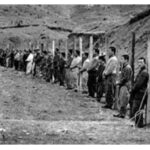
Bodo League massacre was a massacre committed by the South Korean government in 1950. South Korea’s then president Syngman Rhee ordered the execution of suspected communists (people related to either the Bodo League or the South Korean Workers Party). An estimated 100,000+ South Koreans were killed and US, Australian, and British officials witnessed and photographed the genocide.
The Bodo League massacre was a massacre and war crime against communists and suspected sympathizers that occurred in the summer of 1950 during the Korean War. The South Korean government made efforts to conceal this massacre for four decades. South Korean President Syngman Rhee had about 300,000 suspected communist sympathizers or his political opponents enrolled in an official “Re-education” movement known as the National Bodo League on the pretext of protecting them from execution. The Bodo League was created by Korean jurists who had collaborated with the Japanese. In June 1949 the South Korean government accused independence activists of being members of the Bodo League. In 1950, just before the outbreak of the Korean War, the first president of South Korea, Syngman Rhee, had about 20,000 alleged communists imprisoned. Under the leadership of Kim Il-sung, the Korean People’s Army attacked from the north on 25 June 1950, starting the Korean War.
According to Kim Mansik, who was a military police superior officer, President Syngman Rhee ordered the execution of people related to either the Bodo League or the South Korean Workers Party on 27 June 1950. Retreating South Korean forces and anti-communist groups executed the alleged communist prisoners, along with many of the Bodo League members. At least one US lieutenant colonel is known to have approved the executions, when he told a South Korean colonel that he could kill a large number of prisoners in Busan if the North Korean troops approached. A mass execution of 3,400 South Koreans did indeed take place near Busan that summer. In another, United States official documents show that John J. Muccio, then United States Ambassador to South Korea, made recommendations to South Korean President Rhee Syngman and Defense Minister Shin Sung-mo that the executions be stopped. In December, British troops saved civilians lined up to be shot by South Korean officers and seized one execution site outside Seoul to prevent further massacres
On 4 January 1951, the Ganghwa massacre was committed by South Korean police, who killed 139 civilians in an effort to prevent their collaboration with the North Koreans. According to a South Korean report, South Korea and the U.S. “Aided right-wing civil organizations, such as the Ganghwa Self-defense Forces, by providing combat equipment and supplies.” :74-75.

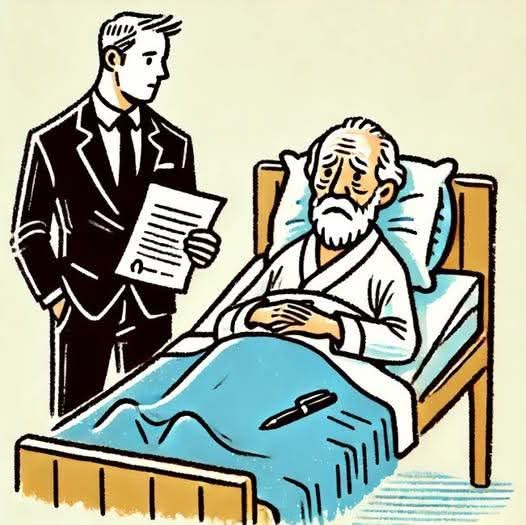
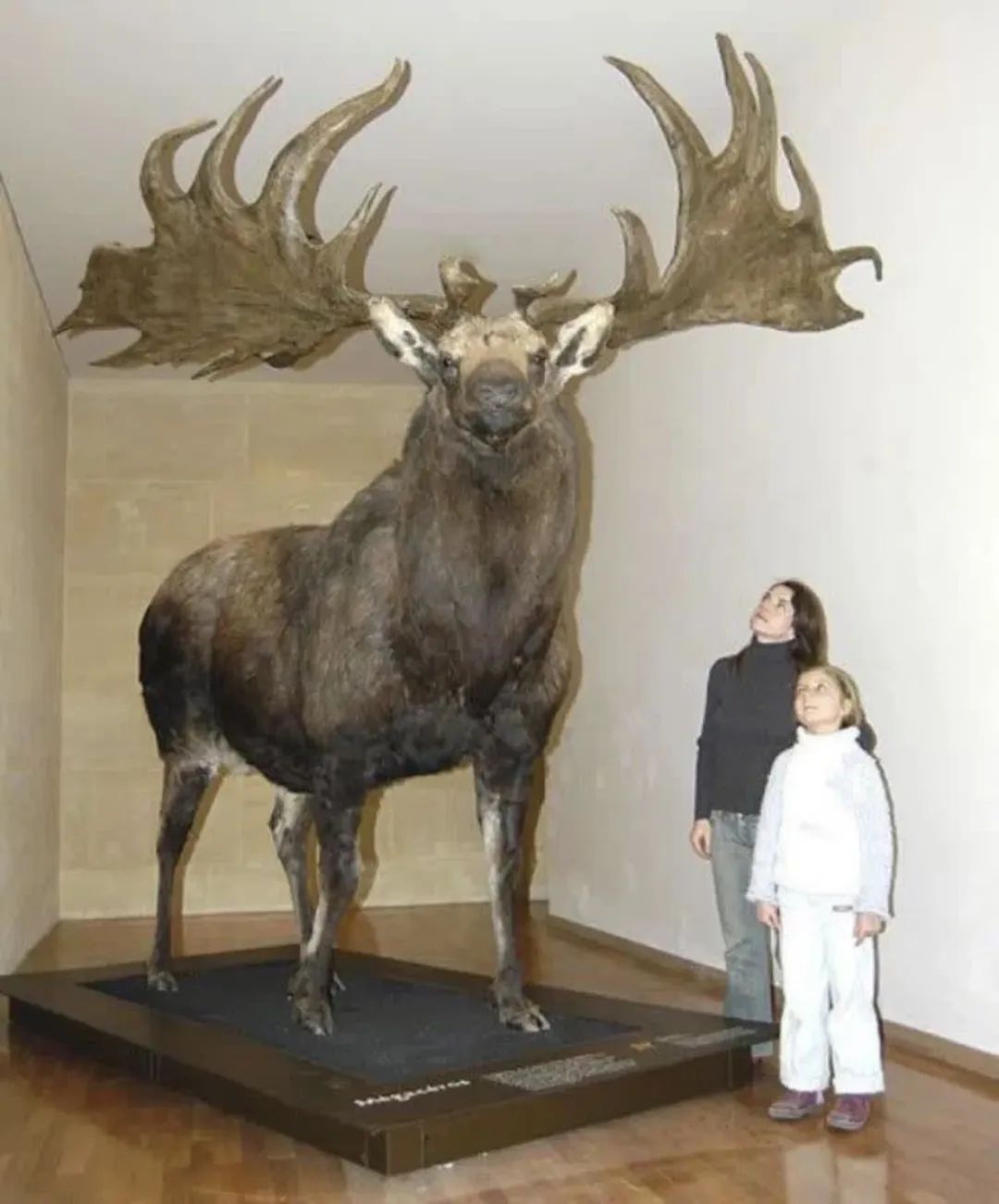

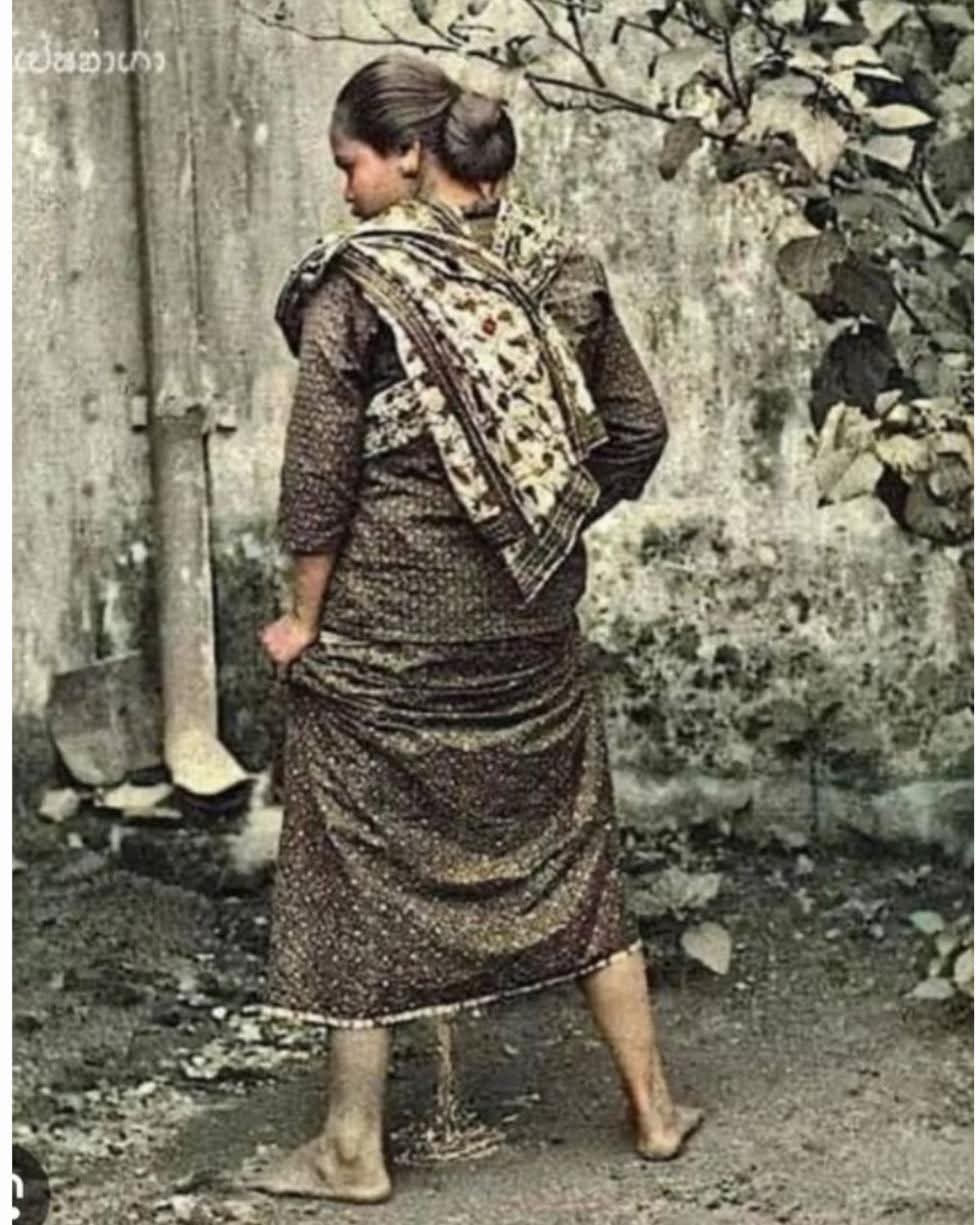

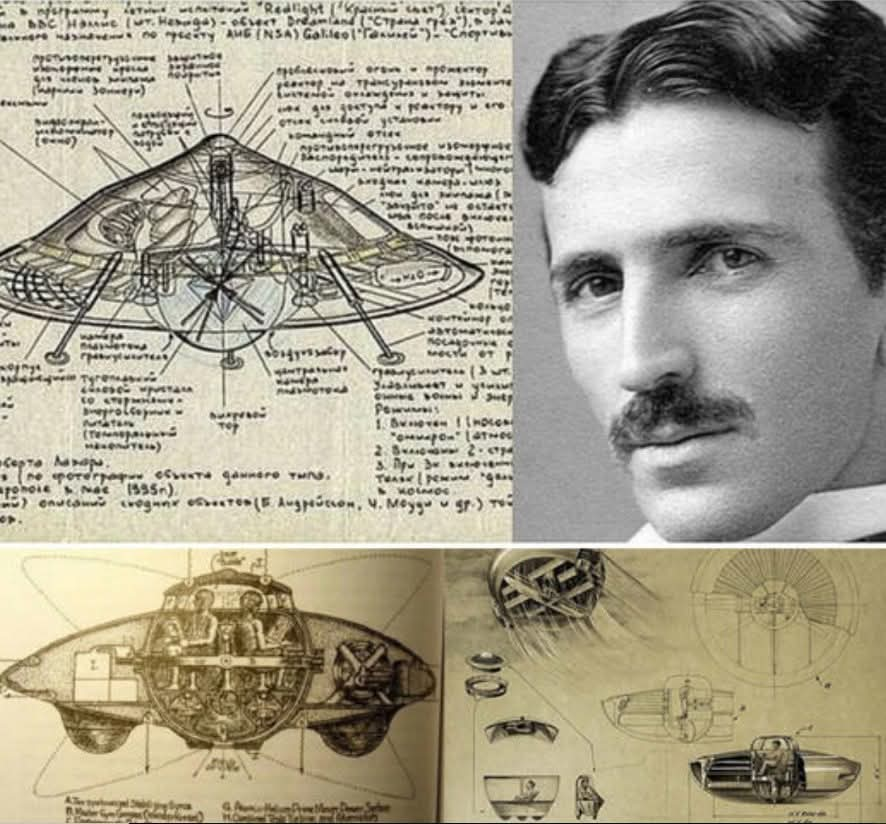
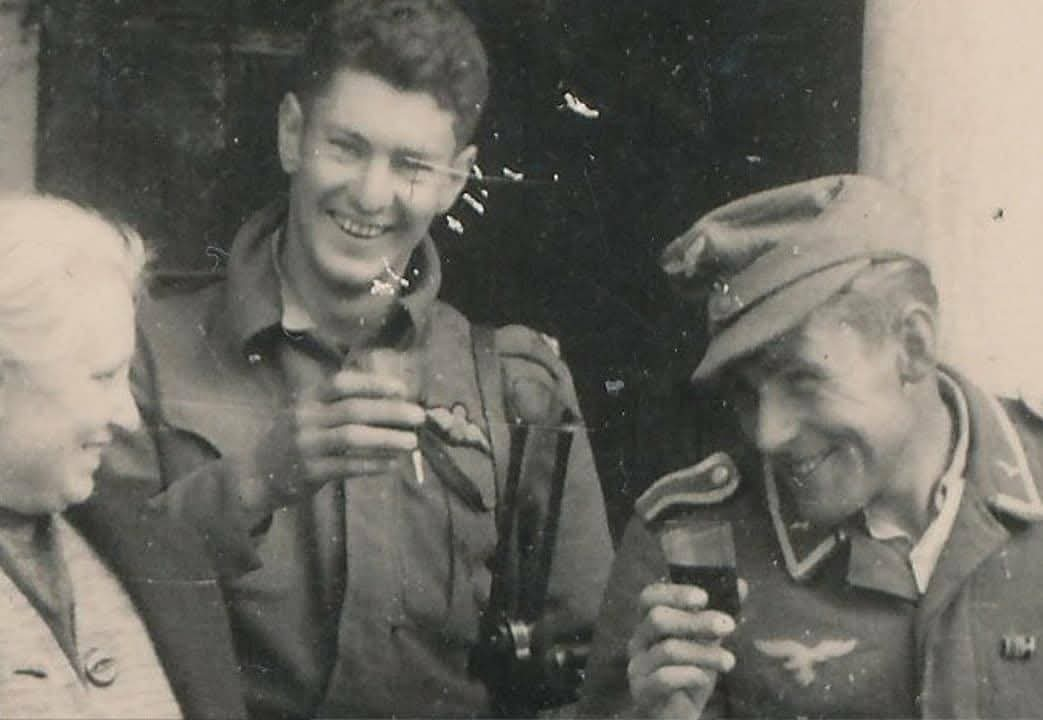
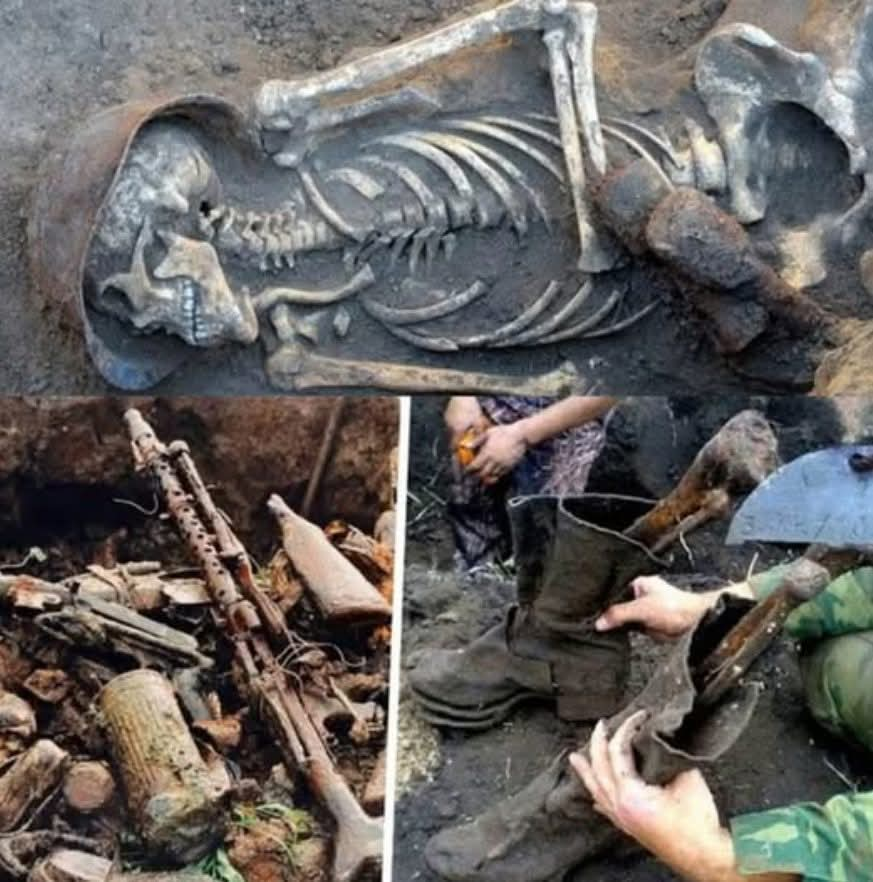
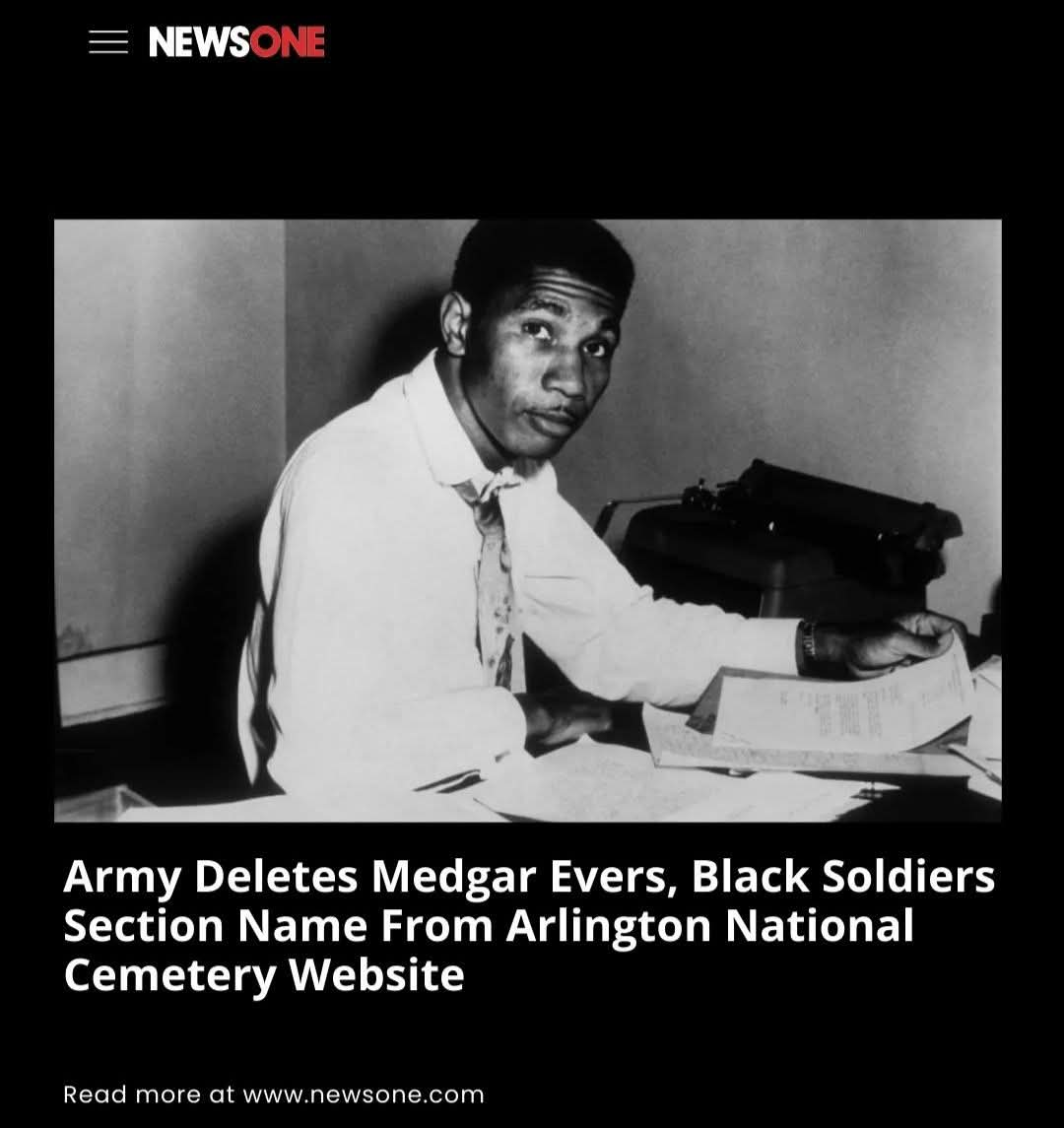
Leave a Reply